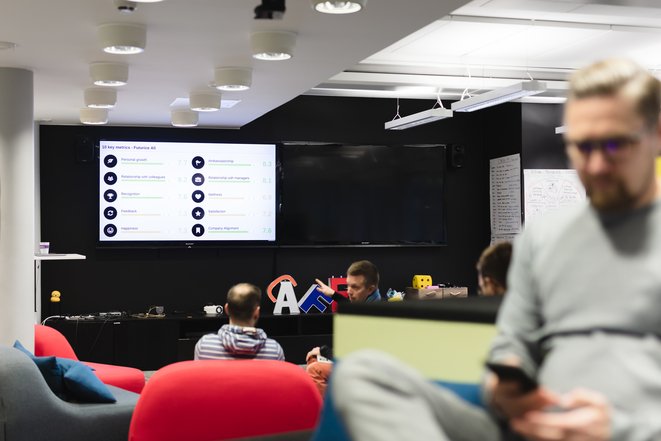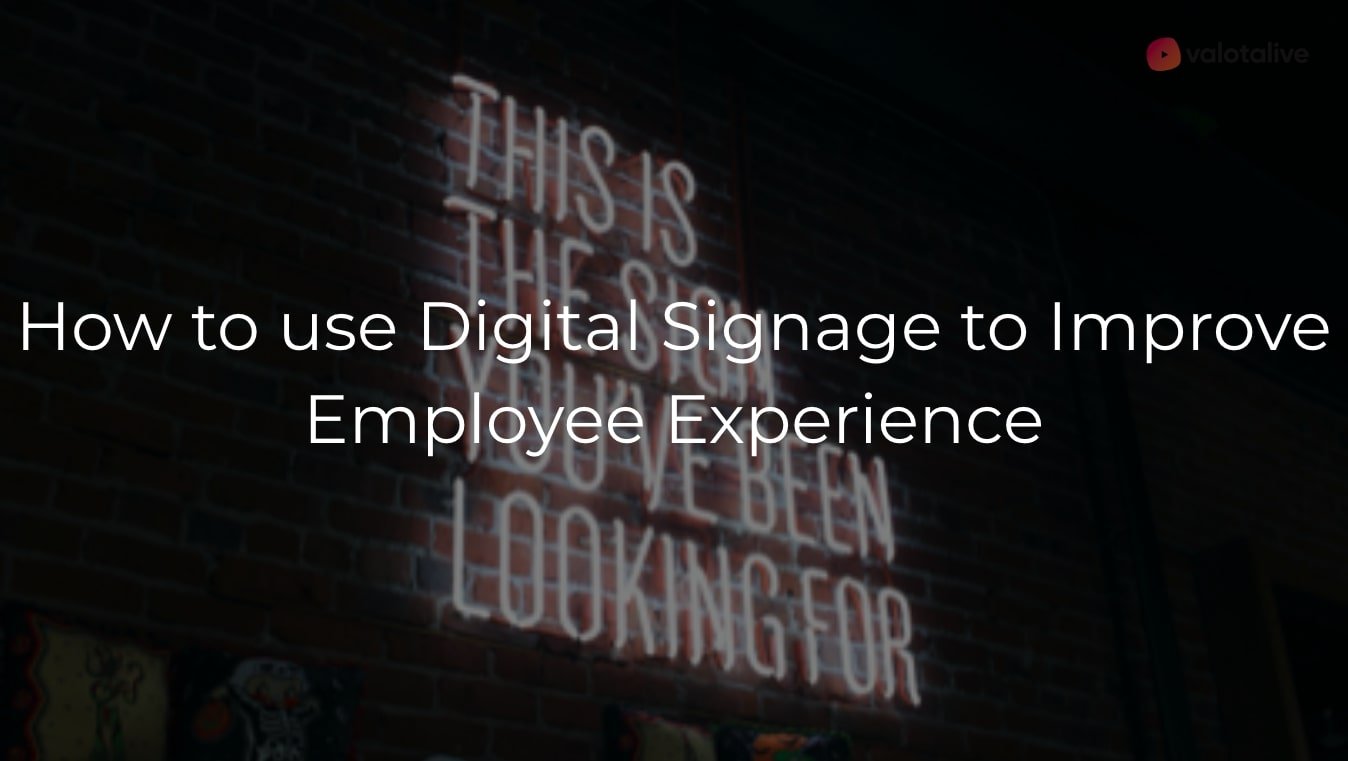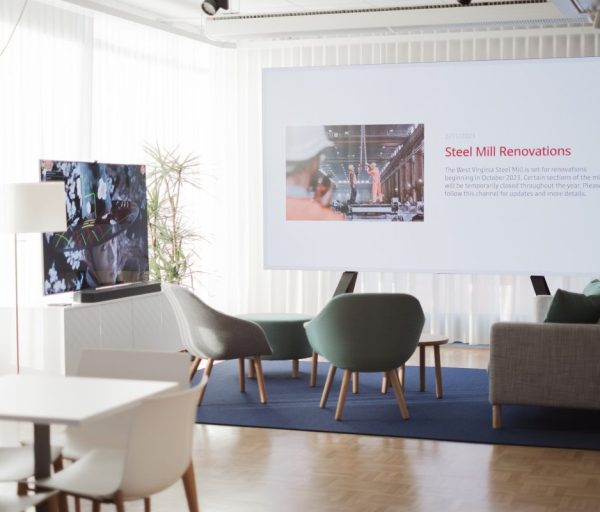What is “Employee Experience”? Why is it important?
Employee experience (EX) is a blanket term that includes all the experiences employee encounters in their daily work life. As Josh Bersin explains, EX is “a giant vortex for everything in HR.” It is not merely one program but rather a holistic “topic” or potentially even a certain “mindset.” It is a humanistic, employee-first approach.
Companies have recently begun, in the last few decades, to make greater investments into improving employee experience with varying levels of success. Last year, an annual Deloitte report found that 84% of business and HR leaders believed EX is important or very important, another 28% deemed it urgent. In 2017, that number was 79%. The attention is rising, however, the 2019 report also indicated that only 9% of respondents felt ready to address the issue. Evidently, this is a massive priority for companies but it is also a daunting one.
EX impacts engagement, recruitment, retention, and bottom lines but improving employee experience is not merely about offering more “fun” perks and measuring employee engagement. It is about, as Jacob Morgan stresses, shifting “the future of work, where organizations are focusing on the reasons why employees want to work versus need to work.”
Morgan asserts EX is affected by three environmental factors: cultural, physical, and technological. Each area is vital to creating a meaningful and positive employee experience. Each are essential parts to the puzzle. If you only focus on one element and neglect to consider the others, your attempt to improve EX will ultimately be lacking. This is important to keep in mind when trying to implement new technology to boost EX.
A considerable number of technological tools and applications have emerged making claims to diagnosing and improving employee experience. However, not all tools are created equal and too often focus solely on business needs rather than trying to simplify the technological experience for the employees.
What is digital signage? How can it help?
Digital signage is a dynamic and visual display often connected to a wide-reaching network of other digital signs and designed to keep individuals informed and engaged. It is a medium everyone is familiar with and requires little effort to engage with it.
Digital signage can be a useful tool to help improve a company’s physical workplace, streamline dynamic “flows” of communication, and enrich company culture. However, a tool is only as effective as the person using it. Below are four crucial elements needed so digital signage can enhance employee experience: strategy, automation, quality, and balance.
Strategy
You need to take several important steps, as Kaijus Asteljoki states, “before you even think about buying or installing screens.” This will help you avoid simple mistakes digital signage users often make when they act without a comprehensive plan.

Identify specific goals and objectives, know your audience, and curate targeted messages for the appropriate times (i.e. lunch time is not the most suitable place to send very important messages).
Place digital signage displays in high traffic and strategic areas and take into consideration appropriate programming times (i.e. constant, minute-to-minute content change can become irritating to individuals engaged with the medium for longer periods of time and longer content segments are not appropriate for areas where lots of people are merely passing through).
If you’re not sure where to start, here is a beginner’s guide to help you plan your new workplace digital signage content strategy.
Automation
Nowadays, there is more technology and even greater amount of information to process but people still only have a finite amount of time. A new tool should simplify processes rather than complicate them further.
A key reason why many communication and HR professionals have failed to use digital signage effectively has been a lack of automated content updates in real time by still relying on laborious manual content management.
“There is a bright future for new digital platforms”, as Kaijus Asteljoki avows, “that can rearrange and mash up information in an intelligent way, to make it more valuable.”
Quality
Make content interactive and utilize high-quality graphics and animations to grab and hold their attention. Text alone will not keep audiences engaged.
People are visual creatures and images are known to improve both engagement and performance. MDG Advertising highlights, in a visually stunning infographic, that the recall of information (after 3 days) is improved by 65% when a picture is added. It is only 10% if people simply hear it.
MDG Advertising also discourages the overuse of stock images. Use relevant and personal images to stand out from other brands.
Balance
Just as workplace experiences are not static, nor should your digital signages be.
Be mindful of the types of messages you are sending and how often you are sending them. Be wary of sending the same messages again and again in a short period of time.
You may have to experiment (and ask for feedback) to find the right messaging balance for your different audiences.
The world has changed but workplace cultures have not fully caught up yet. Companies need more effective tools and the knowledge of how to use them to improve communication and employee experience.
Further reading you might find interesting
Find out more about Valotalive here.
Writer: Jade Rosenkranz is a communications freelancer interested in building connections and storytelling.
Image Credit: Austin Chan on Unsplash



